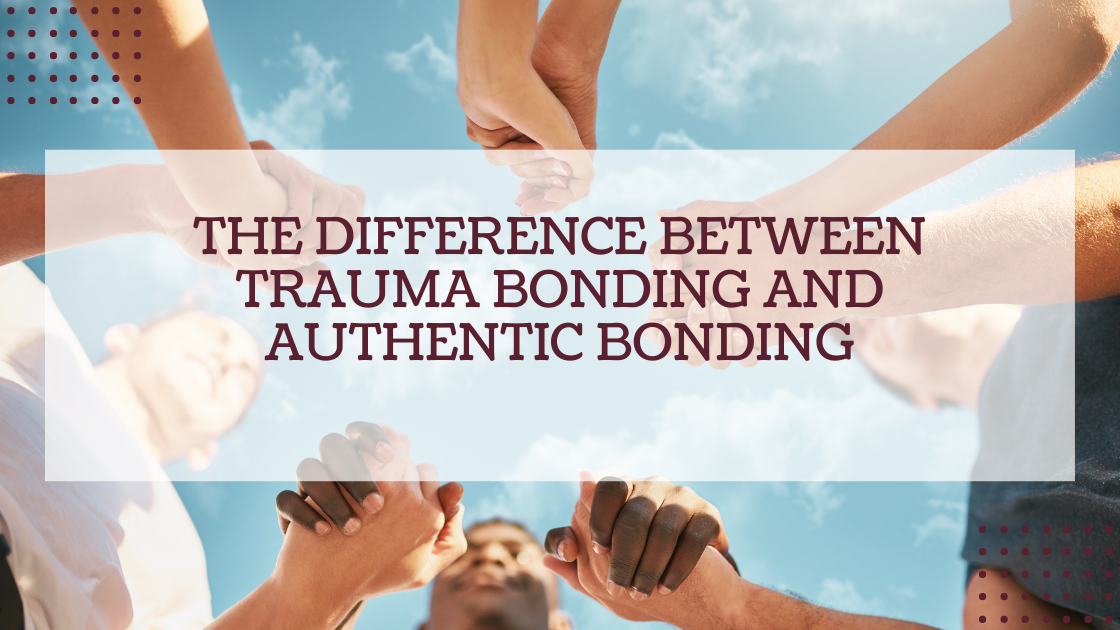Trauma bonding is when someone experiencing abuse feels an attachment to their abuser. The term is used most often in relationships where the patterns of abuse are cyclical. The cycle of abuse creates this unhealthy bond and reinforces it over time.
Below, we talk more about trauma bonding, the signs it’s happening, and how it differs from having an authentic, healthy relationship with someone.
Understanding trauma bonding is important because it’s one of the big reasons it’s difficult to leave an abusive relationship or situation.
What Is Trauma Bonding?
The traumatic bonding theory was established in 1997 by Patrick Carnes, Ph.D.
Carnes is an addiction therapy specialist, and also the founder of the International Institute for Trauma and Addiction Professionals. Carnes defines this situation as the development of dysfunctional attachment occurring in a setting of shame, danger, or exploitation.
This type of attachment or bonding is one of nine potential reactions to a traumatic situation often occurring in abused women and men.
Carnes theorizes that trauma bonding occurs because of how our brains handle trauma. We adapt when we have to survive, and the two most important aspects of the trauma are how people respond to the severity and how long it goes on.
Contact Story Wellness
We know now that victims can break trauma bonds, but intensive therapy and treatment are required.
Before using the term trauma bond, the only available term to describe a similar situation was Stockholm syndrome. Stockholm syndrome refers to people’s emotional attachments in an abusive situation, but that doesn’t necessarily cover all of the different ways bonding can occur and its manifestations.
The bond occurs between an abusive person and their victim. The abused person may begin to feel affection or sympathy for the person abusing them. The bond develops into a strong connection over anywhere from days to months.
Not everyone who’s a victim of abuse will develop this bond, and it doesn’t just occur in romantic relationships.
Situations specifically where traumatic bonds can occur include:
- Domestic abuse
- Emotional abuse
- Incestuous relationships
- Abusive parent-child relationships
- Sexual abuse
- Child abuse
- Elder abuse, such as abusive caregivers
- Exploitative employment
- A hostage situation or kidnapping
- Human trafficking
- Religious cults or extremism
The bond develops under particular conditions and unhealthy relationships. The person must perceive a real threat of danger from the abuser and experience abusive treatment with brief periods of kindness.
Isolation from other people is part of this type of bond development, as is the belief there is no way to escape from physical or psychological abuse.
Why Do Trauma-Bonded Relationships Form?
The following are some of the common elements often seen in the formation of a traumatic bond:
- Attachment issues: There is an unhealthy attachment that forms. As humans, we develop attachments as a way to survive. We form attachments to the people we depend on or provide us support or comfort. If someone’s primary source of support is abusing them, it can develop into this type of bond. Some abused people will go to the person harming them for comfort, even if that’s the person who caused it.
- Dependence: Some people depend on an abusive person to fulfill their emotional needs, and that can lead to the development of a trauma bond.
- Cycles of abuse: Most abusive relationships will follow a general pattern of abuse followed by remorse. Someone abusive will often make promises to change, or they might be especially nice to try and “make up” for what they’ve done. For some victims of abuse, the remorseful behavior makes them feel grateful, particularly when they’re used to being treated poorly. This then reinforces the bond they feel toward their abuser.
What are the Signs of Trauma Bonding Relationships?
Signs of trauma bonding can include:
- Attempts to cover for the abuser and the abusive behavior
- Agree with the reasons the abuser treats them poorly
- Creating distance from people trying to help like friends or family
- Becoming hostile or defensive if someone tries to stop the abuse
- Reluctance or unwillingness to leave the situation and break the bond
- Feeling unable to describe your relationship with other people
- Feeling like you can’t live without the person
- The power imbalance in the relationship
- The feeling of always walking on eggshells
While we might often associate the signs of this type of relationship with physical abuse, a toxic relationship can occur in different ways. For example, using vulnerabilities to manipulate someone or gaslighting them can also signify toxicity in a relationship that creates unhealthy bonds and attachments.
Intimate partner violence can include physical harm and psychological and sexual harm.
How is Trauma Bonding Different from Authentic Bonding?
When you form an authentic and healthy bond with someone, there’s respect, communication, and compromise on both of your parts. In an authentically bonded relationship, you hold each other in high regard. Both people in the relationship are empowered, and you can both be open and vulnerable without fear.
How to Break the Bond
If you’re experiencing what you think could be signs of a traumatic bond with another person, it’s normal to struggle with leaving the relationship. You probably have good times mixed in with the bad ones, and you may feel love for the person.
You have to consider your safety and the safety of someone who could be vulnerable as you prepare to leave a toxic relationship. For example, if children are involved, prioritize getting them into a safe situation because leaving someone abusive can cause them to become even more harmful or violent.
Steps you might take to break the bond include:
- Safety planning: You should try to find a safe, supportive place where you can go as you attempt to break any trauma bond. There are hotlines available, or you can contact a therapist or local community organization if you don’t have friends or family nearby to whom you can reach out if you’re worried about potentially dangerous situations. Discuss your safety plan with someone you can trust or who can help you.
- Therapy: Once you’ve left the situation, you can begin to break the emotional bonds psychologically and heal from the trauma you went through. Therapy is an extremely important part of the healing process following trauma. As you work with a trauma-informed therapist or mental health professional, you can begin to process the complex emotions you experienced in your previous relationships and learn ways to avoid a similar unhealthy emotional connection in the future.
- Self-care: You’ll have to work on how to improve your self-esteem. Your therapist can help you with this, and there are things you can do on your own. Learn to love yourself and care for yourself. You can learn that you don’t need someone else to make you feel okay. You can love yourself first and foremost, which is important as an abuse survivor.
- Support groups: When you’ve gone through a traumatic relationship, being around people who have gone through similar situations can be incredibly therapeutic, so you might join a support or peer group for abuse victims.
When recovering from traumatic bonding or any abusive relationship, know that you shouldn’t feel guilty or ashamed. Reach out to the Story Wellness team at (866) 476-2823, and we can highlight some of the therapy and treatment options available.






